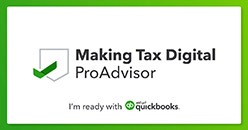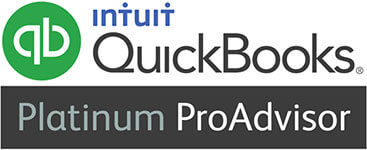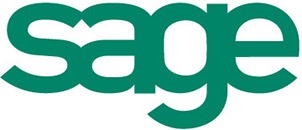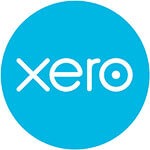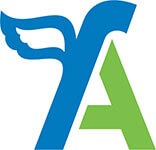Making Tax Digital for Income Tax (MTD for IT) will be introduced from 6 April 2026. Below are some frequently asked questions and answers.
Who will be affected by MTD for IT, and when?
Individuals with self employment and/or income from property will need to comply with MTD for IT once they are mandated. The commencement date for MTD for IT is 6 April 2026, but a phasing-in program will mean that some individuals are not immediately within the regime. MTD for IT applies from:
- 6 April 2026 for sole traders and landlords with qualifying income over £50,000 in 2024/25.
- 6 April 2027 for those with qualifying income over £30,000 in 2025/26.
- 6 April 2028 for those with qualifying income over £20,000 in 2026/27.
If an individual’s qualifying income exceeds the threshold in a tax year, HMRC will notify them that they are mandated to comply with the MTD for IT rules.
What is ‘qualifying income’?
Qualifying income is a person’s gross income (turnover), before expenses are deducted, from self-employment and property combined.
Does qualifying income include VAT?
HMRC will look at the tax return ‘income’ boxes to calculate qualifying income. For those using the Cash Basis, it is possible to include VAT in the tax return figures for income and expenses. If VAT is included, HMRC will include it in the individual’s qualifying income, therefore it’s best not to use VAT-inclusive figures in the tax return.
Are there any exemptions for those with a low volume of transactions?
No. If qualifying income is over the thresholds outlined above, an individual will be mandated regardless of the volume of transactions.
What do I need to do if I am mandated?
You will keep digital records in MTD-compatible software and send a quarterly update summary of your business income and expenses to HMRC. This means that each quarter, you will need to enter details of each item of income and expenditure into your software.
In addition to the quarterly record-keeping and reporting requirements, you will still need to submit an end-of-year tax return, where you enter any other sources of income (such as employment, savings or dividends) and finalise your tax position. The end-of-year return also needs to be submitted using MTD-compatible software.
Will I need to make quarterly payments to HMRC?
At this point, there are no plans to mandate quarterly payments. The due date for payment will remain 31 January following the end of a tax year, with payments on account due on 31 January and 31 July.
I’ve heard that there’s an easement for those with turnover below £90,000. What does this involve?
There is an easement, but it’s not as generous as we would like! The easement allows businesses with turnover below the VAT threshold to send totals for ’income’ and ‘expenditure’ to HMRC each quarter, instead of totals for a longer and more detailed list of income and expense categories. Each individual item of income and expenditure will still need to be entered into the MTD-compatible software, although each item can be simply categorised as either ‘income’ or ‘expenditure’.
Apparently there’s an easement for recording income from jointly held property. What does this mean?
There is a separate easement for recording and reporting jointly held property income, that can be used in conjunction with the easement for those with turnover below £90,000 (provided income for the property business is below the threshold). If both easements are used, for jointly held property, the individual can enter a single income figure into the MTD-compatible software each quarter and a single, annual total expenses figure in quarter 4.
Where an individual receives property income and incurs residential property finance costs (such as mortgage interest), they must create a separate digital record for these costs and send them separately from other expenses, even if taking advantage of this easement.
I already submit quarterly VAT returns. How will this work alongside MTD for IT quarterly updates?
MTD for IT quarterly updates are for set periods. The quarters end on 5th July, 5th October, 5th January and 5th April, although it is possible to elect to use ‘calendar quarters’ ending on 30th June, 30th September, 31st December and 31st March.
VAT quarters can end on the last day of any month, depending on your ‘VAT stagger’. If your VAT quarters do not align with the calendar quarters for MTD for IT, it may be worth considering changing your VAT stagger, so that your VAT returns are aligned with your MTD for IT quarterly updates.
What will happen if I don’t comply with the new rules?
Once you are mandated to comply with MTD for IT, a range of penalties will apply to both the quarterly updates and the end-of-year returns. A new penalty regime for late filing and late payment will apply to those who are mandated. Penalties for errors will apply to the end-of-year tax return, but not the quarterly updates. This does not mean that erroneous ‘nil’ returns can be submitted for the quarterly updates, however. HMRC will have powers to issue penalties of up to £3,000 per quarter if you do not keep digital records. At this time, it is unclear how HMRC will use these powers because guidance has not yet been issued.


